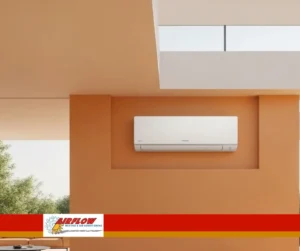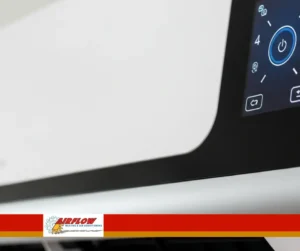Overlooking Proper Sizing and Measurements
One of the biggest challenges in DIY air conditioning services installation is ensuring your system is the right size for your home. Many homeowners mistakenly choose a unit based on price or make educated guesses about sizing. An incorrectly sized air conditioner can lead to inefficiency, excessive wear and tear, and inadequate cooling. To avoid these issues, it’s essential to conduct a thorough heat load calculation, taking into account factors such as room dimensions, window sizes, and insulation levels. This will help you select the most effective and efficient system size for your space.
Ignoring Ventilation and Ductwork Integrity
The performance of your central air conditioning system heavily depends on the quality and configuration of your ductwork. Common pitfalls include failing to seal ducts properly or using duct tape, which can deteriorate over time and fail to maintain a secure seal. For durable results, opt for mastic sealant or metal-backed tape. Additionally, many DIY installers overlook the layout of the ductwork; improper configuration can result in poor airflow and uneven cooling, leaving some rooms too cold while others remain uncomfortably warm. Ensuring ducts are clear of obstructions and adequately insulated is also crucial for maintaining overall system efficiency.
Disregarding Electrical Safety and Requirements
Residential air conditioning services demand precise electrical installations, a factor often neglected by DIY enthusiasts. Improper electrical connections can lead not only to inefficiency but also to serious safety hazards. It’s vital to thoroughly understand local electrical codes and requirements. This includes verifying that the electrical circuit can handle the load of the new air conditioning unit and ensuring all connections are secure and compliant. Using incorrect or outdated wiring can result in power failures and, in extreme cases, fire hazards.
While DIY installation of residential central air conditioning may seem like a cost-saving option, it can quickly become a costly and dangerous endeavor without the right knowledge and preparation. By understanding the significance of correct unit sizing, ensuring ductwork is properly sealed and efficient, and adhering to electrical safety standards, homeowners can avoid common pitfalls. Addressing these critical aspects will help ensure your air conditioning system operates safely, effectively, and durably.
Read More:
Step-by-Step Guide to Residential Central Air Conditioning Services Installation





